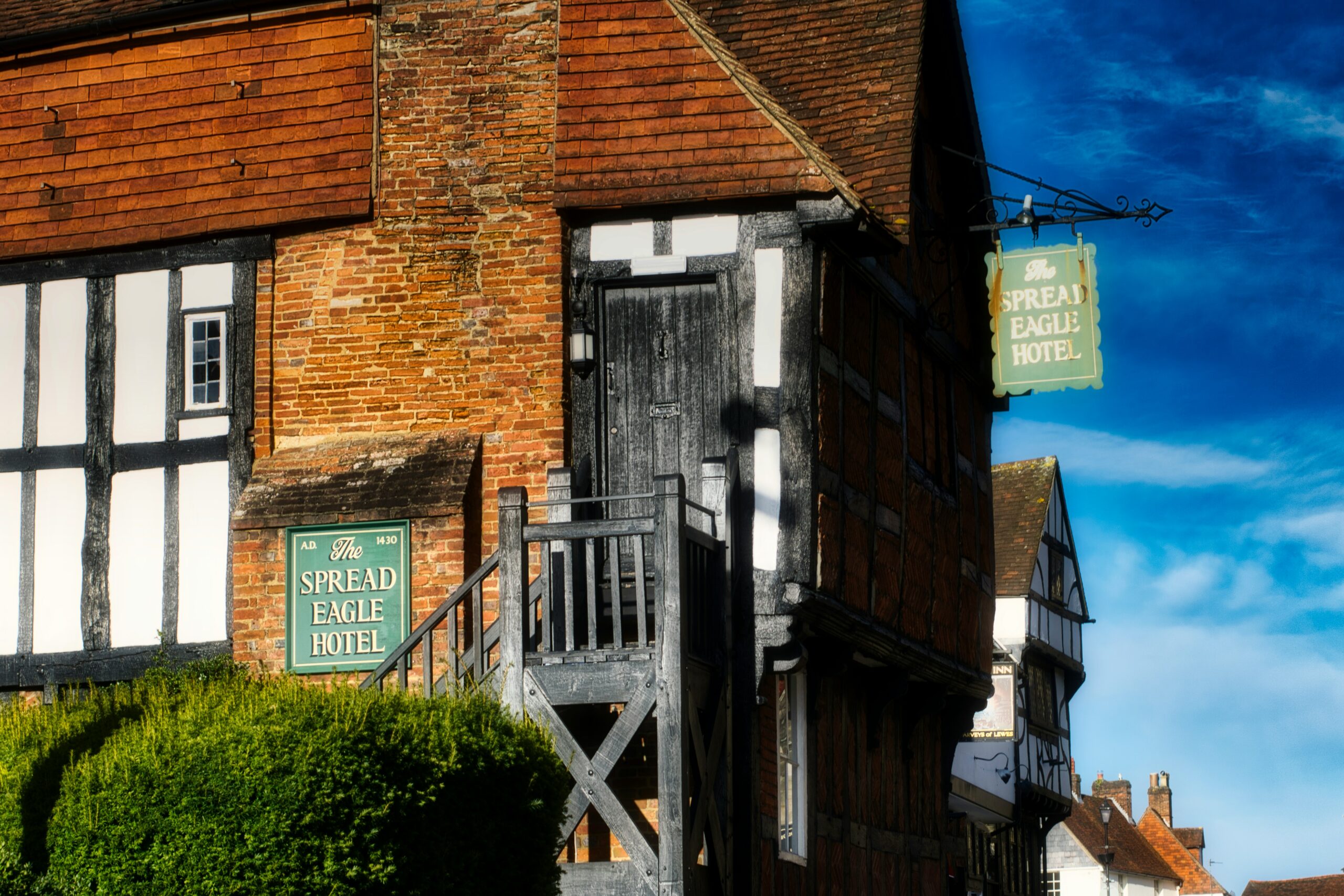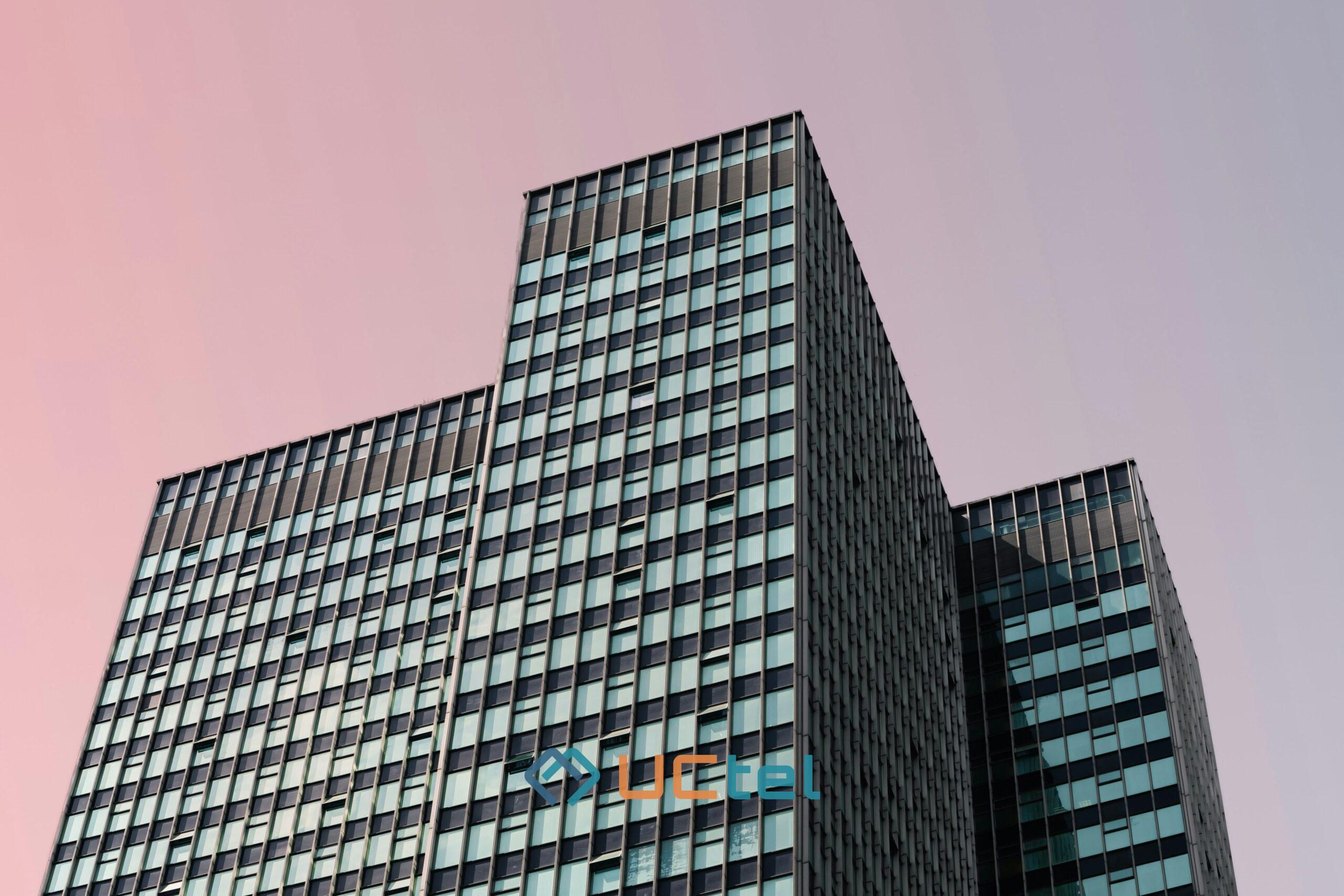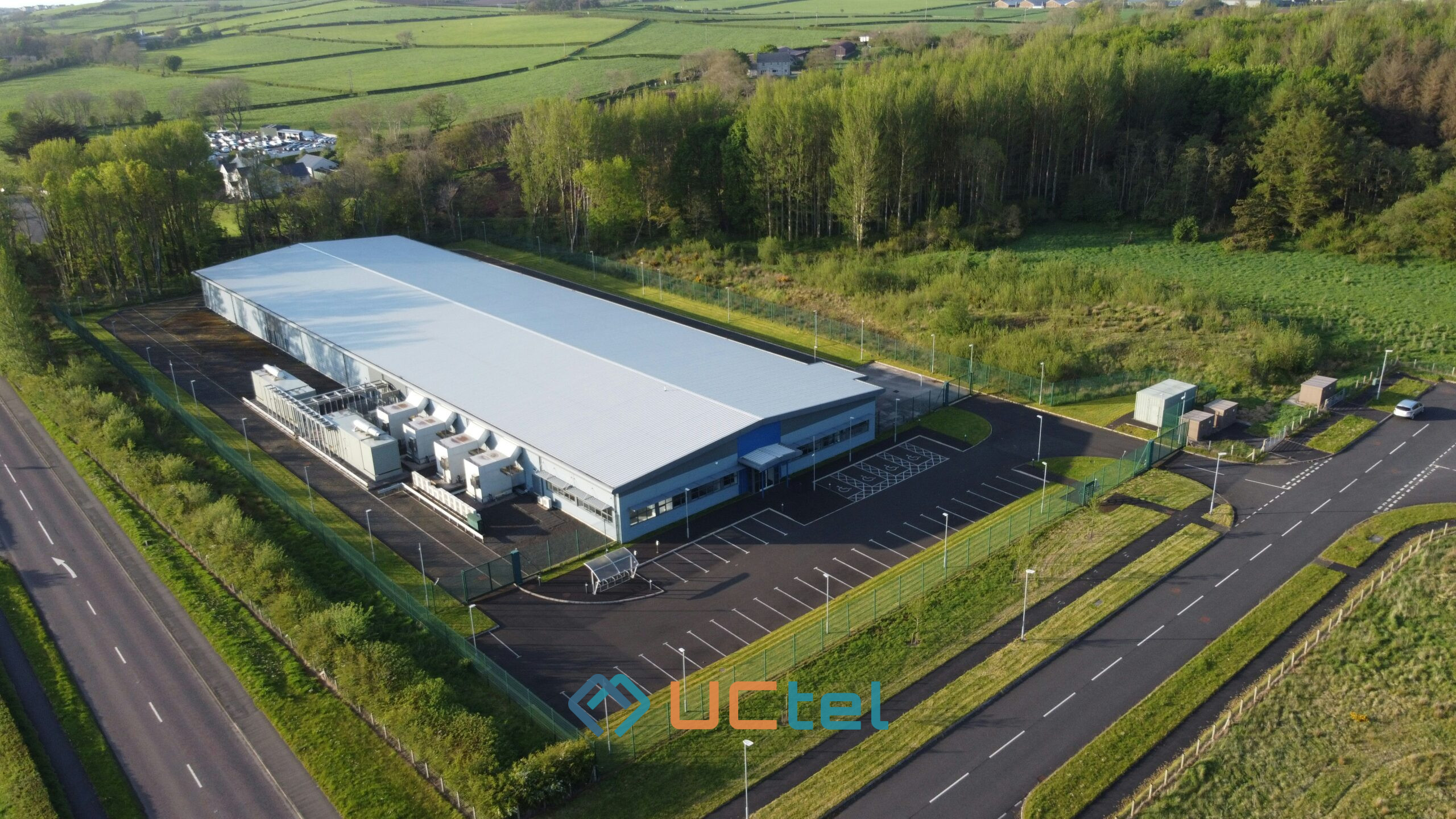
How to integrate mobile boosters with guest Wi‑Fi in hotels?
Table of contents
Updated September 2025
Integrating mobile boosters with a hotel’s guest Wi‑Fi network doesn’t mean merging them into one system — instead, you design them to co‑exist and complement each other. The mobile booster (or in‑building cellular solution) ensures consistent voice/data coverage where external signal is weak, while guest Wi‑Fi carries the bulk of data traffic. Done right, guests enjoy seamless connectivity for both mobile and Wi‑Fi use.
In this article, you’ll get:
- A clear, step‑by‑step approach to integration
- Realistic use cases and trade‑offs
- A checkpoint list so you don’t overlook critical details
Follow‑Up Questions
Why integrate mobile boosters with guest Wi‑Fi in hotels?
- Because guests expect always‑on connectivity. Even with good Wi‑Fi, there are scenarios where cellular matters (voice, SMS, mobile apps linked to carriers). In-basement zones, shielded rooms, or thick walls often block mobile signals. The booster handles those gaps, while Wi‑Fi handles data. The result: fewer dropped calls, better guest satisfaction, and continuity across systems.
Which in‑building mobile technologies are used in hotels?
- Common options include:
- Active DAS — connects via fiber/backhaul, supports multi‑operator, gives wall‑to‑wall coverage (but costly).
- Passive DAS / bi‑directional amplifiers (boosters) — pull in an external signal, amplify it, and redistribute — simpler but more dependent on external signal strength.
- Small cells / femtocells — act like miniature base stations; useful in high‑density zones. Requires coordination with mobile operators.
- Hybrid Radio‑over‑Fiber (RoF) + coax/backhaul — carry RF over fiber to remote units to avoid long losses on coax.
- Active DAS — connects via fiber/backhaul, supports multi‑operator, gives wall‑to‑wall coverage (but costly).
What are the design principles for the hotel guest Wi‑Fi network?
- Key principles include:
- Strict network segmentation (guest vs back‑office)
- Sufficient AP density and overlap
- Channel planning, interference management, and dynamic power control
- Scalable backhaul and switch capacity
- QoS / traffic shaping (for voice, video)
- Monitoring and analytics for performance insights
- Strict network segmentation (guest vs back‑office)
What friction or interference issues arise between mobile boosters and Wi‑Fi?
- Potential issues:
- RF bleed or harmonics (cellular leaking into Wi‑Fi bands)
- Coupling or cross‑talk when cables run in parallel
- Antenna proximity interference
- Overlapping coverage causing confusing RSSI zones
- Power, grounding, and noise injection
- Regulatory limits or operator constraints
You must carefully plan isolation, filtering, shielding and route separation.
- RF bleed or harmonics (cellular leaking into Wi‑Fi bands)
What’s the optimal planning approach before deployment?
- A phased, data-driven approach:
- Site survey (external cellular signal, existing Wi‑Fi performance, building structures)
- Modelling and simulation (RF tools, propagation, overlap with Wi‑Fi)
- Define coverage targets and margins
- Pilot in one zone (wing or floor)
- Validate, tune, iterate
- Full deployment and acceptance testing
- Modelling and simulation (RF tools, propagation, overlap with Wi‑Fi)
Comparative Trade‑Offs: Mobile Booster Systems vs Wi‑Fi
| Technology | Role in Hotel | Strengths | Risks / Considerations |
| Active DAS | Primary in‑building cellular coverage | Full control, multi‑operator support, high performance | High cost, carrier approvals, long deployment time |
| Passive DAS / Boosters | Targeted supplementation of weak zones | Easier deployment, lower cost, fast turnaround | Dependent on external signal strength; risk of oscillation |
| Small cells | High‑density zones (conference rooms, lobbies) | Localized strong coverage, flexible | Requires operator coordination, backhaul, potential interference |
| Wi‑Fi (Guest network) | Handles bulk data use | Mature, high throughput, cost-efficient in data domain | Congestion, interference, limited by device count per AP |
Note: None of the above replaces the other. The goal is co‑design so that Wi‑Fi and cellular coverage work in tandem, not in conflict.
Use Case Scenarios (by hotel size / need)
| Hotel Size / Problem | Recommended Integration Strategy | Why |
| Small boutique hotel | Use a few well-placed bi‑directional amplifiers + dense Wi‑Fi AP layout | Cost-effective; addresses local dead zones |
| Mid-size 4–6 floors | Hybrid passive DAS + small cells in core zones + robust Wi‑Fi | Balanced cost and coverage |
| Large high-rise or resort | Full active DAS with fiber backbone + integrated Wi-Fi orchestration | Meets stringent coverage and multi‑operator needs |
| Conference / ballroom area | Deploy small cells or pico‑cells + Wi‑Fi overlay | Handles high-density device counts with dual coverage |
Key Engineering Best Practices
To ensure mobile boosters and Wi‑Fi systems function harmoniously, engineers must apply rigorous integration principles:
- Antenna separation: Maintain spatial distance between Wi‑Fi and cellular antennas to avoid co-interference. Use directional antennas where overlap is necessary.
- Cable management: Route Wi‑Fi and booster cables separately. Avoid long parallel runs. Use shielded coax/fibre.
- Filter configuration: Apply band‑pass filters and gain controls to eliminate oscillation or harmonics between systems.
- Shared dashboards: Unify KPIs into a central monitoring platform. Track RSSI, SINR, device density, and load across both systems.
These technical precautions ensure long‑term stability and help reduce post‑deployment troubleshooting.
Real‑World Pitfalls to Avoid
From dozens of hotel deployments, here are common missteps:
- Retrofitting without survey: Installing boosters after Wi‑Fi is in place — without joint planning — often leads to interference.
- Underestimating cable losses: Coaxial losses degrade signal more than expected. Always budget conservatively.
- Ignoring operator coordination: Some boosters require mobile operator consent or band licensing. Skipping this step delays activation.
- No futureproofing: Install extra conduit paths, reserve rack space, and choose equipment with upgradable modules.
Avoiding these mistakes can save weeks of rework and protect your investment.
Let's Talk: Audit Your Connectivity Plan
Talk with a Uctel specialist today and get a tailored audit of your hotel’s mobile and Wi‑Fi infrastructure.
✔ Identify your coverage gaps
✔ Receive a tailored booster + Wi‑Fi co‑design
✔ Ensure regulatory compliance from day one
✔ Plan for expansion, upgrades and seamless guest experience
Conclusion & TL;DR
TL;DR: To integrate mobile boosters with guest Wi‑Fi in hotels, don’t try to force a merge — treat them as complementary systems. Plan jointly, survey first, pilot carefully, and maintain tight separation (in frequency, cabling, and operations). The mobile system ensures coverage where Wi‑Fi can’t reach; Wi‑Fi handles heavy data loads. Choose the architecture that matches your hotel’s scale and budget.
Talk to our team now to secure reliable, multi‑channel guest connectivity from day one.
Frequently Asked Questions
Do mobile boosters interfere with hotel Wi‑Fi?
- Not if properly engineered. Using spatial separation, filtering, and gain management prevents most interference risks.
Can I install boosters without involving mobile operators?
- Some low‑gain boosters don’t need approval, but for larger systems (DAS, small cells), mobile operator coordination is required.
Does every room need a mobile booster antenna?
- No. Coverage is designed strategically with zone mapping. Often one antenna serves several rooms or a hallway.
How long does deployment take?
- It depends on the scale. A small booster install can take a few days. Full DAS with fibre may take weeks, including survey and regulatory steps.
What’s the maintenance like?
- Both systems require monitoring (signal levels, device count, performance). Preventative checks every 6–12 months help catch issues early.





